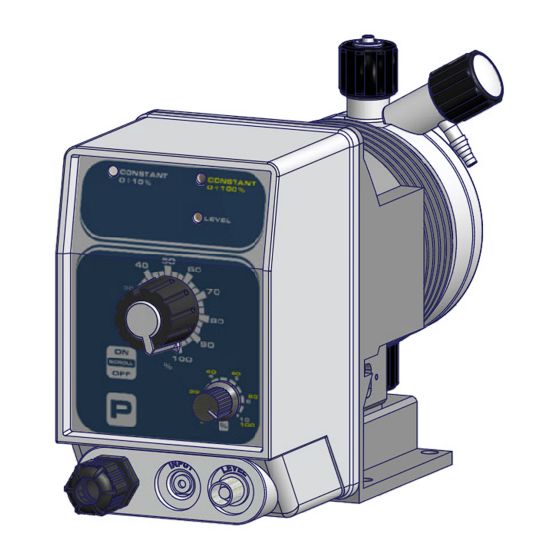
Table of Contents
Advertisement
K PLUS - K CL PLUS - K CO PLUS
6
5
4
D
C
6
5
4
D
B
C
A
Progettato da:
Massimo_F
6
5
4
B
6
5
D
A
C
Progettato da:
Massimo_F
6
5
4
B
A
6
5
SOLENOID DRIVEN METERING PUMPS
WITH DIAPHRAGM
Self-venting version: KA PLUS
Viscous liquids: K PLUS LPV
PRODUCT LABEL
3
2
3
2
K CL PLUS
Controllato da:
Data:
Peso Lordo:
Toll. Gen.
Massimo_F
31/05/2013
±0.05
Materiale:
A3 EMEC_Verticale
3
2
K CO PLUS
4
3
Controllato da:
Data:
Peso Lordo:
Peso Netto:
Toll. Gen.
Massimo_F
31/05/2013
±0.05
Materiale:
Edizione Foglio
A3 EMEC_Verticale
00
3
2
K PLUS
Progettato da
Massimo_F
4
3
1
D
C
1
D
B
C
A
Peso Netto:
Edizione Foglio
/
00
1 1
1
B
2
1
A
/
1 1
1
Controllato da
Modificato da
Data
Toll. Gen.
16/11/2010
Materiale:
Edizione
A3emec
00
2
1
EN
D
C
B
A
0.05
Foglio
1 1
/
Advertisement
Chapters
Table of Contents








Need help?
Do you have a question about the K PLUS and is the answer not in the manual?
Questions and answers